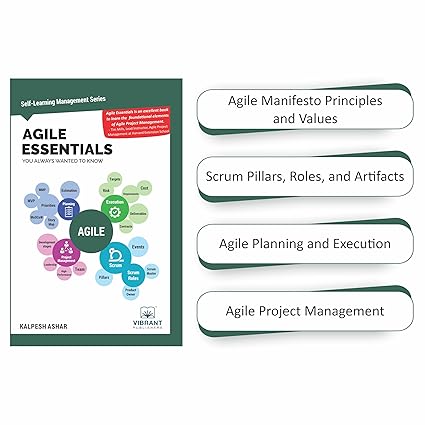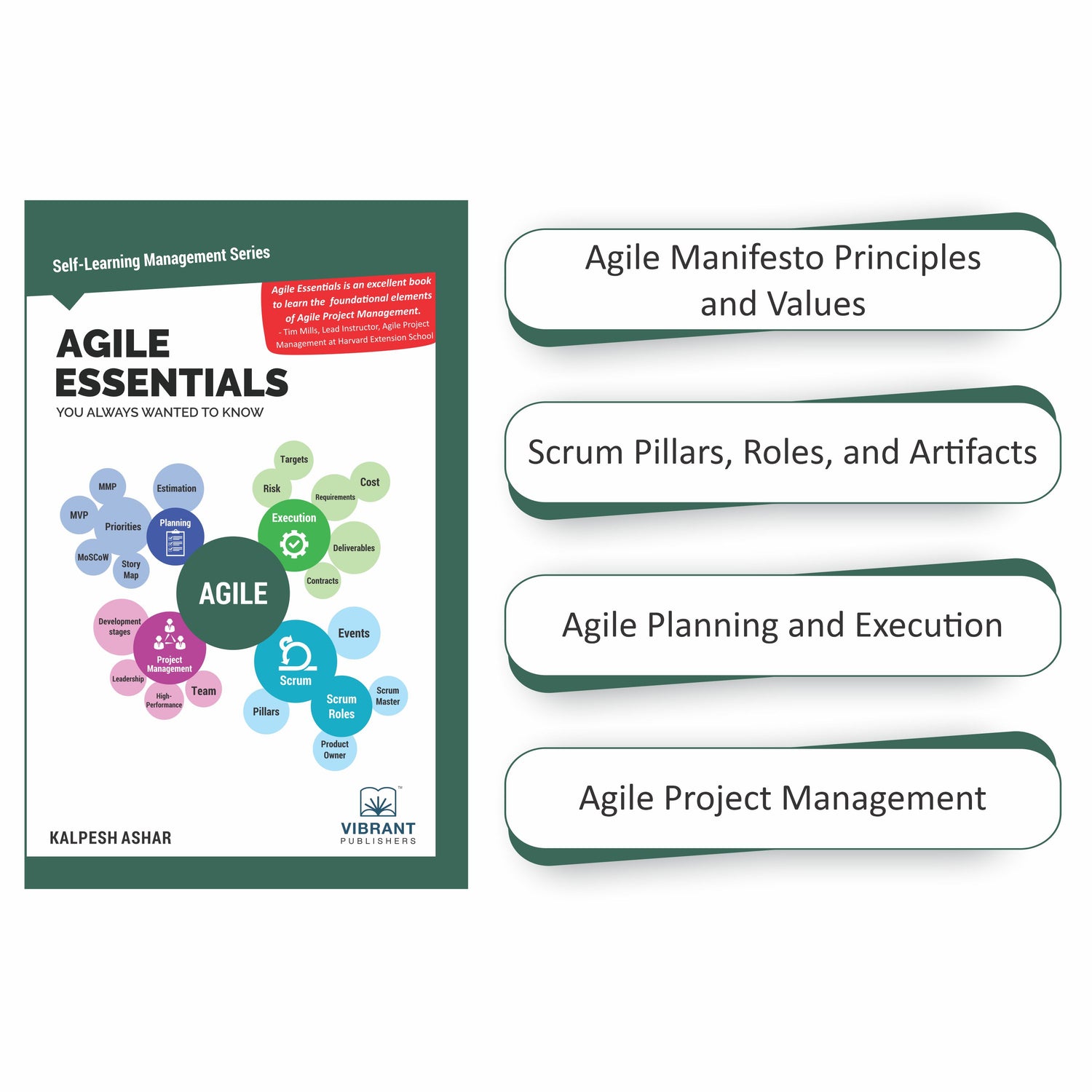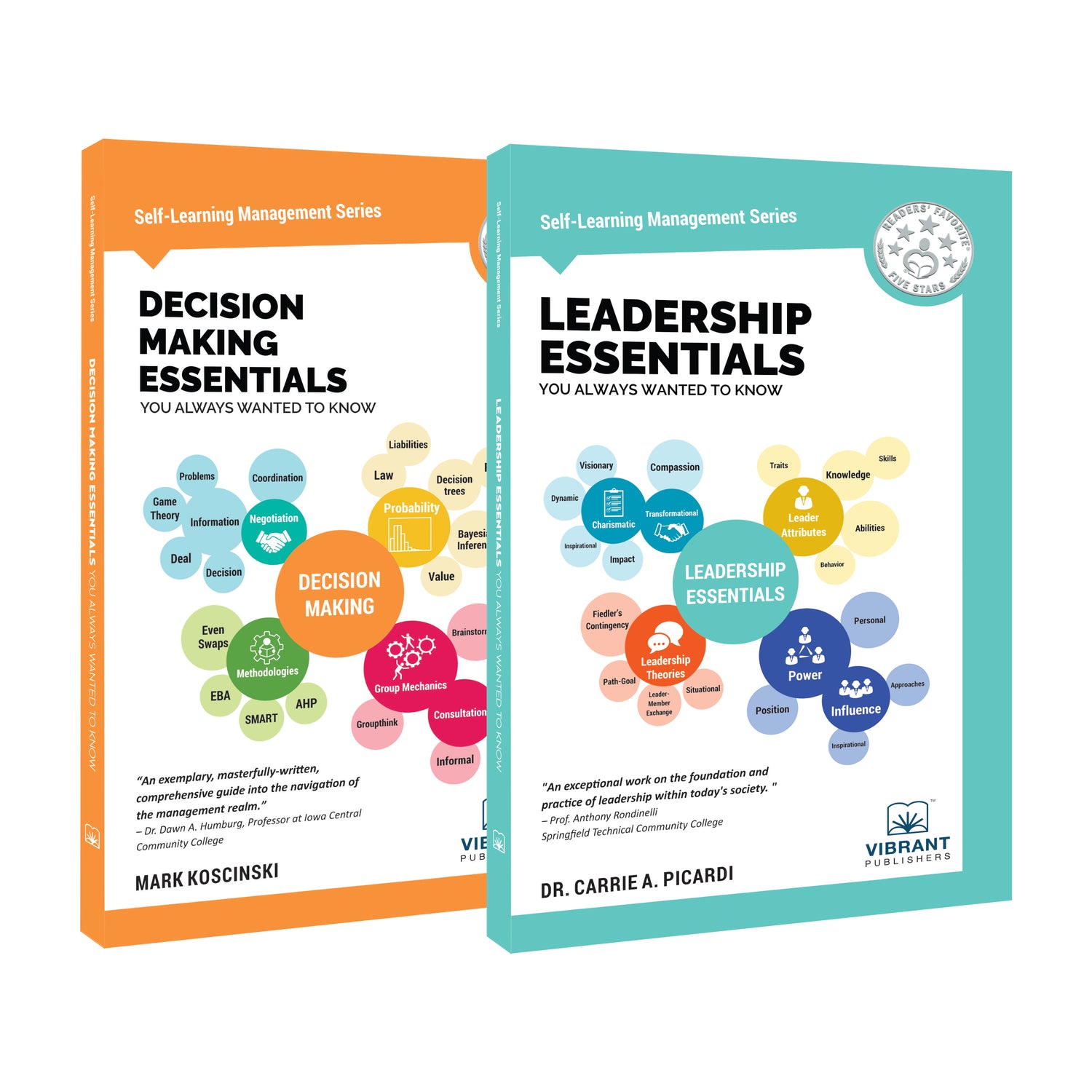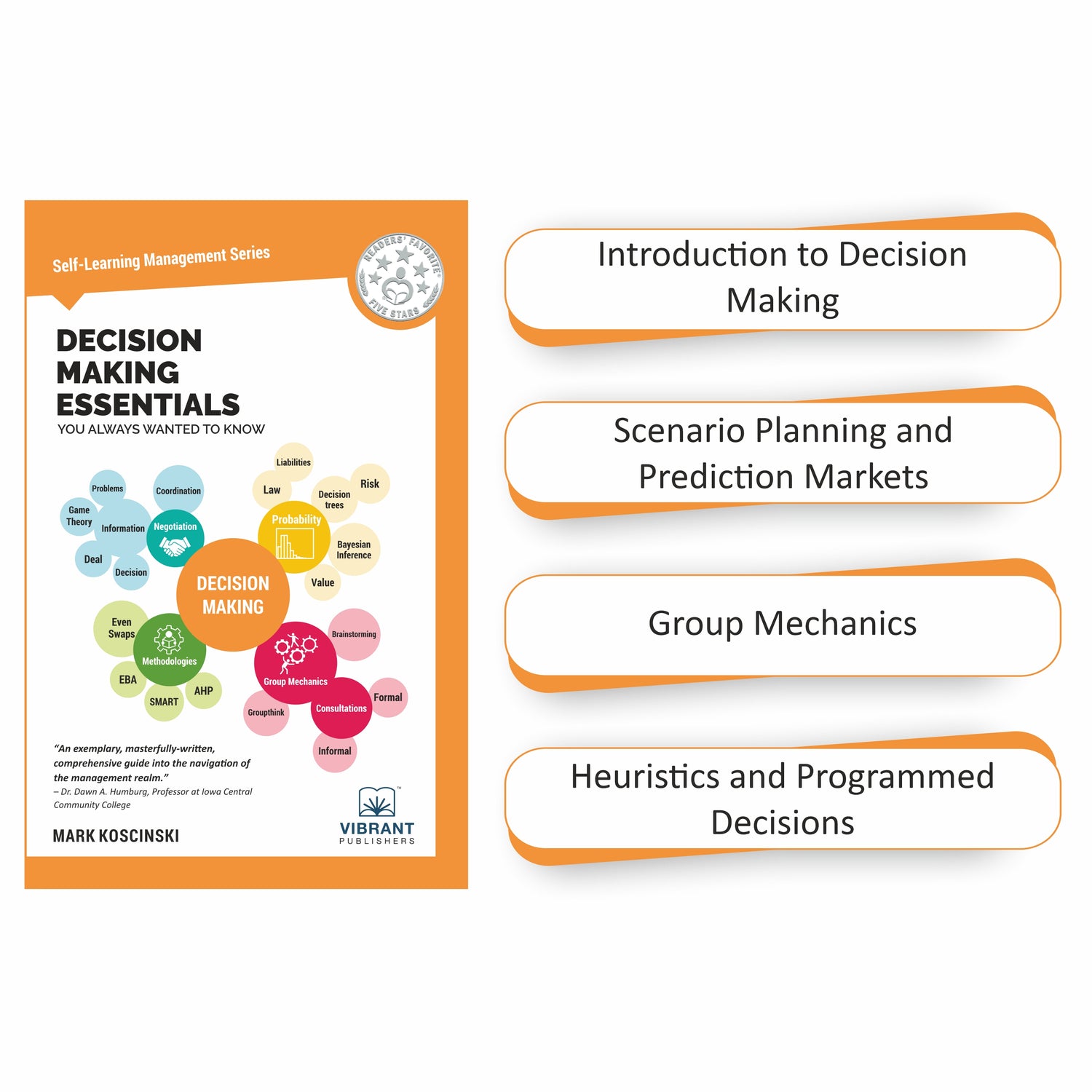
Machine Learning 101: The Big 3 Paradigms You Need To Know
Machine Learning (ML) has revolutionized the way we solve problems—from recommending what you watch next on Netflix to detecting fraud in banking systems. But at its core, ML is about one thing: teaching machines to learn from data.
How a machine learns from data is defined by what we call learning paradigms—fundamental frameworks that guide how an algorithm interprets, learns, and adapts based on the information it receives.
In this blog, we’ll explore the three primary paradigms of machine learning you absolutely need to know:
- Supervised Learning
- Unsupervised Learning
- Reinforcement Learning
Each of these approaches has distinct characteristics and applications, which we will cover in detail. So, let’s dive in!
1. Supervised Learning
Supervised learning is one of the most commonly used paradigms in machine learning. Here, the algorithm learns from a labeled dataset—meaning that each data point is associated with a known outcome or label. The model aims to learn the relationship between the input (features) and output (labels), allowing it to predict outcomes for new, unseen data.
How It Works

In supervised learning, an algorithm uses known inputs and outputs to learn and predict outcomes for unlabeled data.
In supervised learning, we provide the machine with examples of inputs along with their correct outputs. Based on this, the model learns a function that maps inputs to outputs. This function can take various forms, from simple mathematical equations to complex patterns, depending on the data and problem at hand.
Imagine teaching a child to recognize animals. If we show labeled images of different animals and tell the child which image corresponds to which animal, they gradually learn to identify each one. Similarly, in supervised learning, the model gains the ability to predict outputs for new data by training on labeled examples.
Types of Supervised Learning
There are two main categories within supervised learning:
- Classification: This involves predicting categorical outcomes. For example, classifying an email as "spam" or "not spam" or determining whether a patient has a specific disease.
- Regression: This involves predicting continuous values, such as house prices, stock market prices, or the temperature.
Examples of Supervised Learning Algorithms
Some popular algorithms include:
- Linear Regression: Used to predict a continuous value based on relationships between variables (e.g., predicting house prices based on size).
- Logistic Regression: Commonly used for binary classification tasks, such as predicting whether a customer will make a purchase (yes or no).
Supervised learning is widely used because it’s straightforward and highly effective when a large amount of labeled data is available.
2. Unsupervised Learning
In contrast to supervised learning, unsupervised learning does not rely on labeled data. Instead, the algorithm receives input data without any associated output labels and is tasked with finding patterns or structures within the data. This paradigm is particularly useful when we have vast amounts of data but lack specific labels or classifications.
How It Works

Unsupervised learning model finds patterns and clusters in unlabeled data using input samples without predefined outputs.
In unsupervised learning, the algorithm analyzes the dataset and identifies underlying patterns or groupings. Essentially, the machine learns by observation, recognizing structures in data based solely on inherent similarities or differences among data points.
A good analogy is when you walk into a new city and try to figure out neighborhoods without a map. You might notice that certain areas have similar types of buildings, shops, or people, and you start grouping them mentally. Similarly, in unsupervised learning, the model identifies clusters or associations within the data.
Types of Unsupervised Learning
There are two main types of unsupervised learning:
- Clustering: Here, the goal is to group data points into clusters based on similarity. For example, grouping customers by purchasing behavior to identify different market segments.
- Association: This involves finding relationships between items in a dataset. For instance, discovering that customers who buy item X also frequently buy item Y.
Examples of Unsupervised Learning Algorithms
Popular algorithms for unsupervised learning include:
- K-Means Clustering: Groups data points into clusters based on similarity. Often used for customer segmentation.
- Apriori Algorithm: Common in association rule learning. It helps discover patterns, like the likelihood that a person who buys bread will also buy butter.
Unsupervised learning is often used in data mining and exploratory data analysis, where patterns are unknown but need to be uncovered.
3. Reinforcement Learning
Reinforcement learning (RL) is a learning paradigm that is quite different from supervised and unsupervised learning. In RL, an agent learns by interacting with its environment, receiving feedback in the form of rewards or penalties based on its actions. The goal is to maximize cumulative rewards over time, which helps the agent learn an optimal strategy for achieving specific objectives.
How It Works

In reinforcement learning, an agent learns optimal behavior through trial, error, and feedback from the environment.
Reinforcement learning can be compared to training a dog. Imagine a dog trainer teaching a dog to sit. Each time the dog sits on command, it receives a treat (reward). If the dog fails to sit, it doesn’t receive a reward (or could even receive a negative reinforcement). Over time, the dog learns that sitting on command maximizes its treats, and thus, it’s rewarded for following that behavior.
In RL, the agent interacts with an environment, takes actions, and receives feedback. Positive rewards encourage certain actions, while penalties discourage others. Through trial and error, the agent learns the best strategy for achieving its goal.
Types of Problems Solved with Reinforcement Learning
Reinforcement learning is particularly useful in situations where there is no obvious or pre-determined strategy. Here are a few example applications:
- Game Playing: RL has been used to develop game-playing agents. For example, in chess or Go, the agent learns to make moves based on previous game states and outcomes, eventually learning complex strategies.
- Control Systems: RL is used to manage complex control systems, such as elevator scheduling or robotics. For instance, an RL-based system can optimize the movement of elevators to reduce wait times for passengers.
Examples of Reinforcement Learning Algorithms
Some popular RL algorithms include:
- Q-Learning: Helps an agent learn a policy by maximizing the cumulative reward.
- Deep Q-Networks (DQN): Combines RL with deep learning to solve more complex tasks.
Reinforcement learning is unique because it allows machines to learn without expert supervision, making it a valuable tool for autonomous systems and dynamic environments.
Summary
To recap, the primary learning paradigms in machine learning—supervised, unsupervised, and reinforcement learning—each offer distinct approaches to problem-solving:
- Supervised Learning: Relies on labeled data, useful for tasks like classification and regression.
- Unsupervised Learning: Analyzes unlabeled data to uncover patterns, often used for clustering and association.
- Reinforcement Learning: Allows agents to learn by interacting with an environment, well-suited for complex control and game-based applications.
Understanding these paradigms is crucial for selecting the right approach based on the type of data, the complexity of the problem, and the desired outcome.
Want to Dive Deeper?
If you found this introduction helpful and want to explore these concepts further—especially supervised and unsupervised learning—check out my latest book. “Machine Learning Essentials You Always Wanted to Know” with Vibrant Publishers.
I go deeper into real-world examples, hands-on practice, and step-by-step walkthroughs to make machine learning less intimidating and more actionable—even if you’re just starting out.
This blog is written by Dhairya Parikh, author of Machine Learning Essentials You Always Wanted to Know.
Also read:
AI Can Code, So Do You Still Need to Learn Programming?
5 Reasons Why You (Yes You!) Should Learn Python
Can AI take over Data Analytics?
Share











